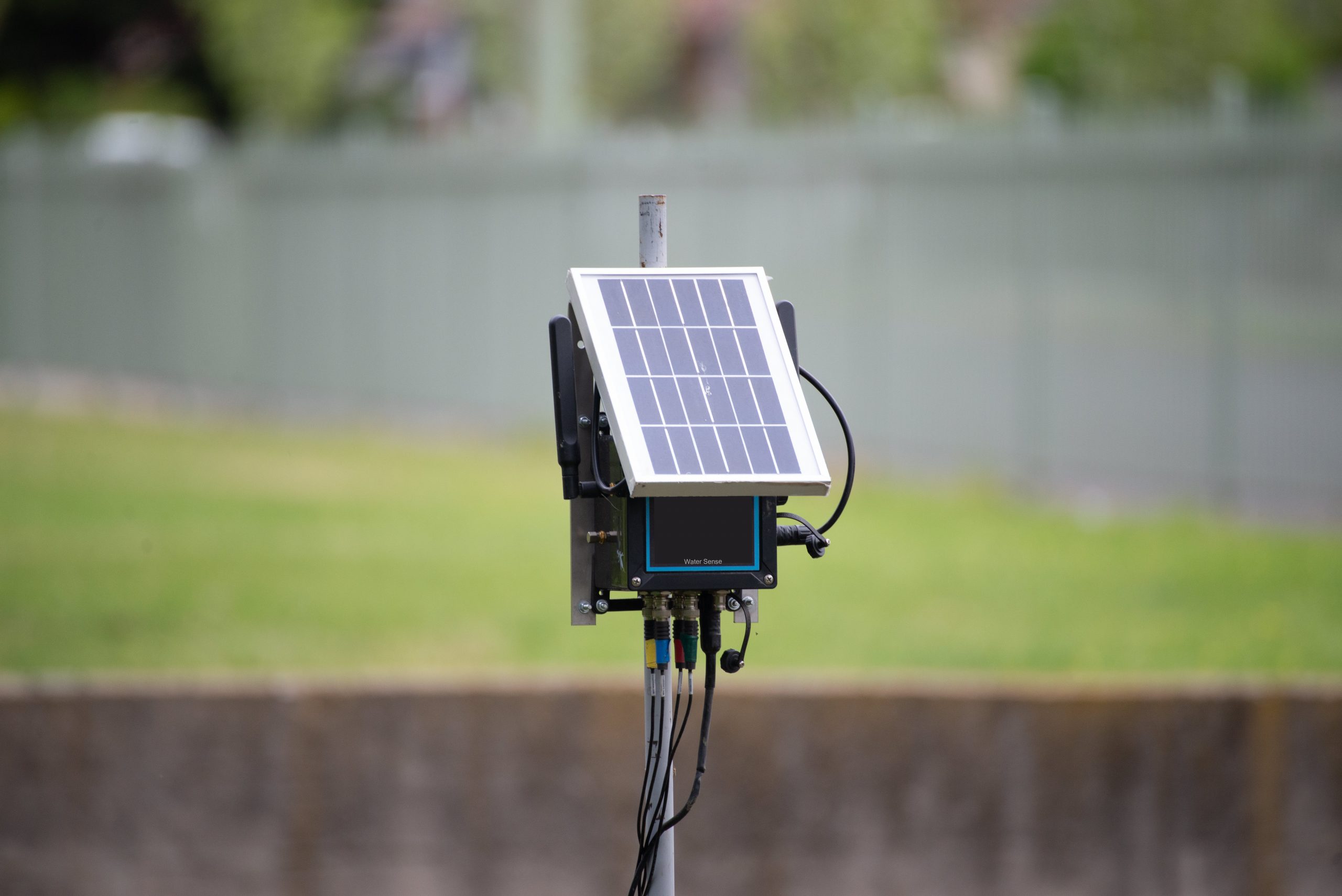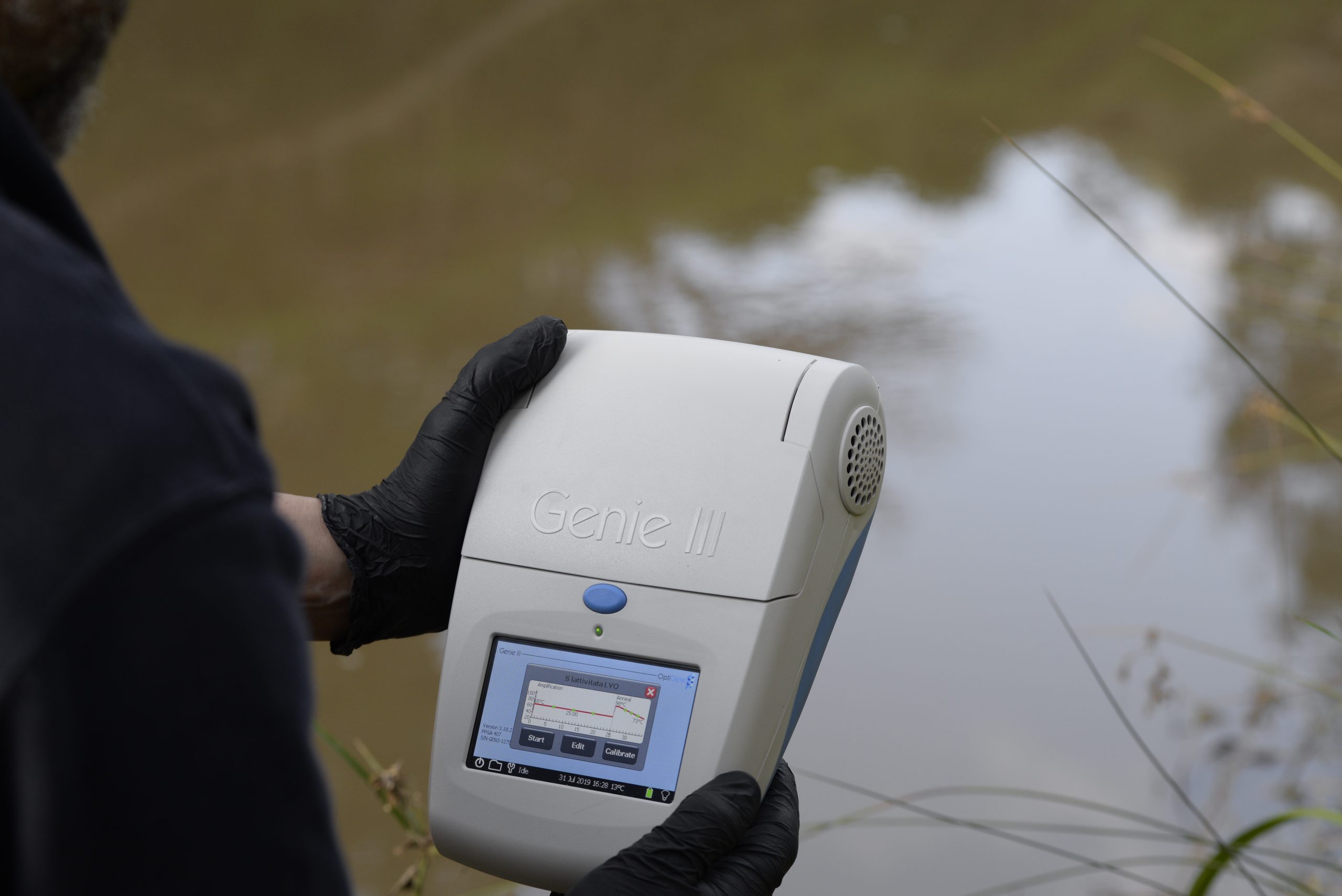Innovative monitoring
Solutions
Rapid on-site detection of Human-specific Bacteroides and E. coli in water for more efficient remediation of sewer spills

What do we do
The only effective solution for assessing risk to stormwater assets in Australia
No need to take samples back to the laboratory. Conduct rapid eDNA assays on-site
Integrated and customised real-time monitoring solutions for any situation, ensuring better decision making
Analytics and Intelligence
Custom and intuitive interactive data reports and dashboards to help you transform your data
Over 30 years experience in the design and analysis of environmental monitoring programs
Latest Projects
The Management Team


Insights
The importance of Integrated Environmental Monitoring (IEM)
Integrated monitoring is an ongoing and systematic process to analyse, assess and interpret environmental quality. Integrated monitoring measures the physical, chemical and biological effects of environmental stressors on ecological and human health. It is critical that programs provide data sharing integrations that enhance the exchange of ideas and information to provide solutions to priority issues. Adaptive management incorporates monitoring as a requirement to continually adjust outcomes and objectives, all of which are driven by the incoming data. It is a structured, iterative process of optimal decision making in the face of uncertainty, which aims to reduce uncertainty over time. At Bio2Lab, we understand the importance of incorporating adaptive management into on-going strategic investigations. Monitoring can tell us if we are on track. The primary benefit of integrated monitoring is to check that policy statement, plan, or investigation has resulted in the environmental outcome expected. It provides information to understand the current state of the environment and assess whether things are getting better or worse.
Monitoring can provide many benefits such as:
Early warning of issues or problems before they become serious.
Can prompt adjustments if current approaches are not working
Provides a better understanding of the key pressures on the environment
Increase policy effectiveness
Contribute to feedback loops and systems
Better formulation of policies
Increased accountability




